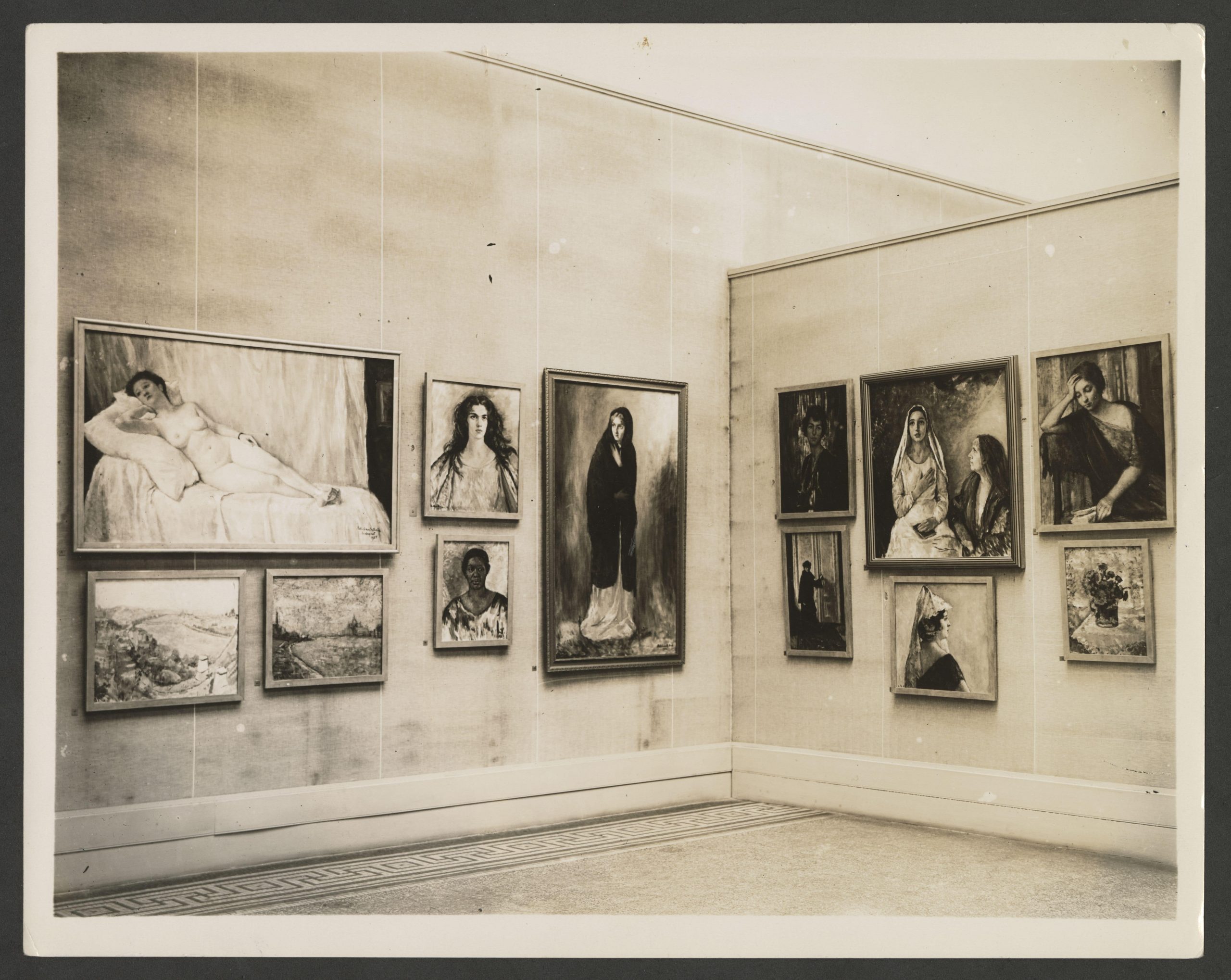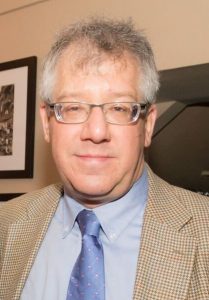What is your BIAAS-supported project about?
My project focuses on Austro-Hungarian, Austrian, and Hungarian art displays at Fairs and Exhibition in the early part of the 20th Century. By examining what was displayed, how it was presented, and why that changed with the dissolution of the Empire, I will illuminate how Art, National Identity, and National Presentation interact.
How did you become interested in this project?
My interest in Austria-Hungary dates from college, when I was fascinated by Carl Schorke’s Vienna, Fin-de-Siecle. My particular interest in Hungary dates from Fulbright in Vienna, right after college where I was intrigued that everyone talked about Austria-Hungary, but never seemed to focus on Hungary.
What is the significance of the transatlantic history between the US and Austria in your work? And, if this pertains to your work, how does looking at the transatlantic relationship enrich your research subject?
Fairs and Exhibitions are fascinating places which expose enormous numbers of people to styles and objects they would not normally see (or be interested in). At the Louisiana Purchase Exposition of 1904, which had close to 19 million visitors, the work of the Wiener Werkstätte and its contributors was introduced to a broad audience. Indeed, it is said that that was where Frank Lloyd Wright, who was clearly influenced by Hoffmann and others, first saw WW objects in real life, as opposed to publications.

View of Exhibition of Painting. Sculpture and Works of Applied Art, Washington, D.C. 1930. Image courtesy of Smithsonian Institution.
How is the Covid-19 pandemic affecting your work? Or, how are you advancing your research in light of the challenges of the pandemic?
Fortunately, Covid has not affected my research at the moment. Though libraries and archives are closed, much of the published material I need, such as catalogues and guidebooks, are available online. So despite being homebound, I have made much progress.
What book is a must-read for your topic?
Miklós Székely’s Az ország tükrei, which looks at Hungarian exhibition practice in the late 19th and early 20th centuries.
What is a high point of your research experience with this project?
The high point is that I get to spend days at a time in the early 20th century through catalogues and articles.
What is your favorite least-known locale of the Austria/Habsburg lands?
I am particularly fond of Oradea/ Nagyvárad/ Großwardein, a Transylvanian town whose Art Nouveau architecture is almost unparalleled.
If you could meet with any Austrian/Habsburg figure of present or old, who would it be? Why? What would you want to ask them or talk about?
There would actually be three, and for different reasons. For this project, I would love to meet the artist Carl Moll, whose critical role in turn-of-the-century Austrian modern art is only now being more properly considered. I would love to just talk with him about art and exhibitions.
For my own personal edification, Oskar Marmorek, early Zionist and architect, responsible for, among other things, Venedig in Wien in the Prater and Ős-Budavára/Buda under the Turks at the 1896 Millennial Exhibition, at talk about amusement parks.
Finally, and I imagine every historian with an interest in Austria-Hungary would agree, Joseph Roth.
What are you currently watching?
I am avidly watching Stanley Tucci’s Searching for Italy on CNN.

